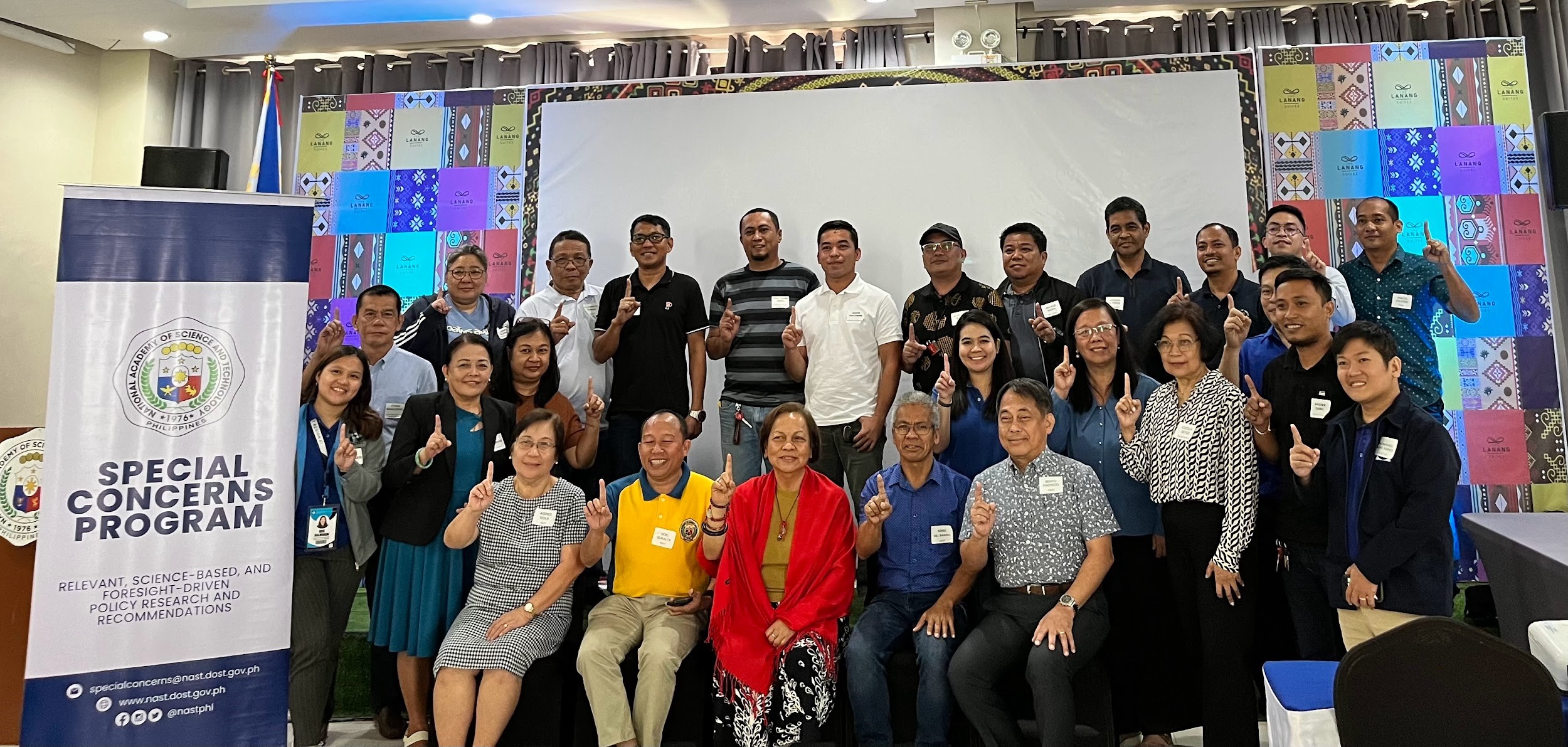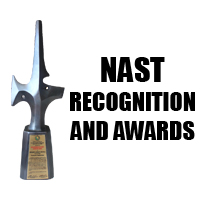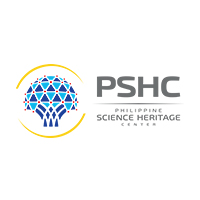Chocolates are always present in everyone’s gift list in the Philippines throughout the Christmas and Valentines seasons because of their symbolism and attachment to special affection and love. And the cacao beans are the only source for chocolates. This is why Cacao has been dubbed as the Tree of Love.
The majority of the cacao beans and chocolates are produced in Mindanao island. According to the Philippine Cacao Industry Roadmap 2021-2025, the Davao region contributes 78% of the national cacao production having 7,257.85 metric tons (MT) planted in 19,975 hectares of land in 2020. In 2021, Republic Act No. 11547 declared Davao City as the Chocolate Capital of the Philippines while the whole Davao Region, composed of Davao City, Davao del Norte, Davao del Sur, Davao Occidental, Davao Oriental, and Davao de Oro, as the Cacao Capital.
However, the 10,000 MT production does not meet the local consumption that currently stands at 50,000 MT annually (Philippine Cacao Industry Roadmap 2021-2025).
Recognizing the significance of cacao in rural development, its capacity to enhance the nation’s export revenue, and its marginalization as an industry, the National Academy of Science and Technology, Philippines (NAST PHL) conducted a focus group discussion on the good practices, constraints, and opportunities in the adoption of technologies for the industry under its Special Concerns Program on 16 July 2024 in Davao City. The activity was spearheaded by the Technical Working Group (TWG) on Targeting the Appropriate Technological Maturity of Rural Industries, led by Acd. Roel R. Suralta.
The participants recognized that government agencies, such as the Department of Agriculture (DA) and its regional and attached agencies, the Department of Science and Technology (DOST) and its regional and attached agencies, the Department of Trade and Industry, local government units (LGUs), and state universities and colleges (SUCs) have different and sometime conflicting roles in terms of technology development and deployment.
Various agencies have extended financial and technical support to the industry, including varietal development (clone, hybrid, multiple rootstocks, root trainers, molecular markers), crop care (control for cacao mirid bugs and fungi is through chemical use, Trichoderma harzianum, planting distance), mechanization (cacao sheller, pod bagger, bean roasters, and other machines developed by the DA-Philippine Center for Postharvest Development and Mechanization or PhilMech), value add-on and main products (intermix, blended, and herb mix products, tablea, cacao bits, cacao tea from bean shell, chocolate).
Some of the initiatives of the industry include the conduct of research, adoption of and investment in good technologies, and partnership with other companies. Shredded cacao pods are also being used as fertilizer.
According to their experiences, the cocoa plant does not shade, contrary to popular belief. Intercropping it with 15-year-old coconuts is also preferable than planting it with younger coconuts or other plants.
However, developed technologies that are not fit or applicable, outdated, and useless are never adopted. For instance, dryers are not adopted due to resistance to change. Some equipment is also expensive, which adds to the already high amount of capital needed to establish a cacao farm.
The mindset or values of farmers also affect the adoption of technologies because of personal preferences, expensive trial and error, small size of their landholdings, and accreditation of products is considered a loss of income. Farmers wanting immediate income is also a big factor. In many cases, farmers have also shifted to durian because the price of the latter is more stable and has a support system.
To aid the cacao industry, the participants recommended for the farmers to tap local experts and other farmers, involve the younger generation, embrace new technologies, and reduce expenses and risks by grouping or clustering themselves. There was also a strong call for them to use the beans they produced and practice specialization in one part of the value chain. They also urged the education of consumers regarding the quality of Philippine chocolates.
The participants also recommended that the government craft policies relevant to the prioritization of fine flavored beans, marketing of products, distribution of seedlings to be limited to the islands only, implementation of proper transportation of seedlings including the prohibition of inter-transport/shipment of seedlings, and provision of grafted certified planting materials from accredited nurseries to the farmers. Various agencies concerned with the cacao industry, such as the DA-Bureau of Agricultural Research (BAR), DA regional offices, academic institutions, and research centers should have good coordination in terms of developing digital farmers programs and providing technical knowledge for the technicians at the different local government units (LGUs) to ensure transfer of technologies and that the farmers are taught on how to plant and graft seedlings. Concerned agencies should also conduct regular project reviews, and onsite monitoring, and share data regarding technology readiness level and cacao pest surveillance.
Regarding research, the participants recommended conducting more studies on increasing the quality of seedlings, conducting soil tests from time to time, respecting indigenous knowledge in technology development to enhance adoption, and involving the farmers in the creation of technologies for the industry.
With the discussions on the best practices, constraints, and opportunities for the cacao industry, the group, including the producers and chocolatiers, is hopeful that the Philippines will become the primary source of high-quality beans and chocolates. (Dexter Bautista/Kimberly Agno/Roy Buniol/NAST PHL)

The National Academy of Science and Technology, Philippines (NAST PHL), an attached agency to the Department of Science and Technology (DOST), is the premier organization that recognizes achievements in science, technology, engineering, and mathematics (STEM) and nurtures emerging scientific talents and serve as the primary advisory body on national ST&I policy and related matters. For more updates, follow the NAST PHL’s social media accounts (@nastphl).











